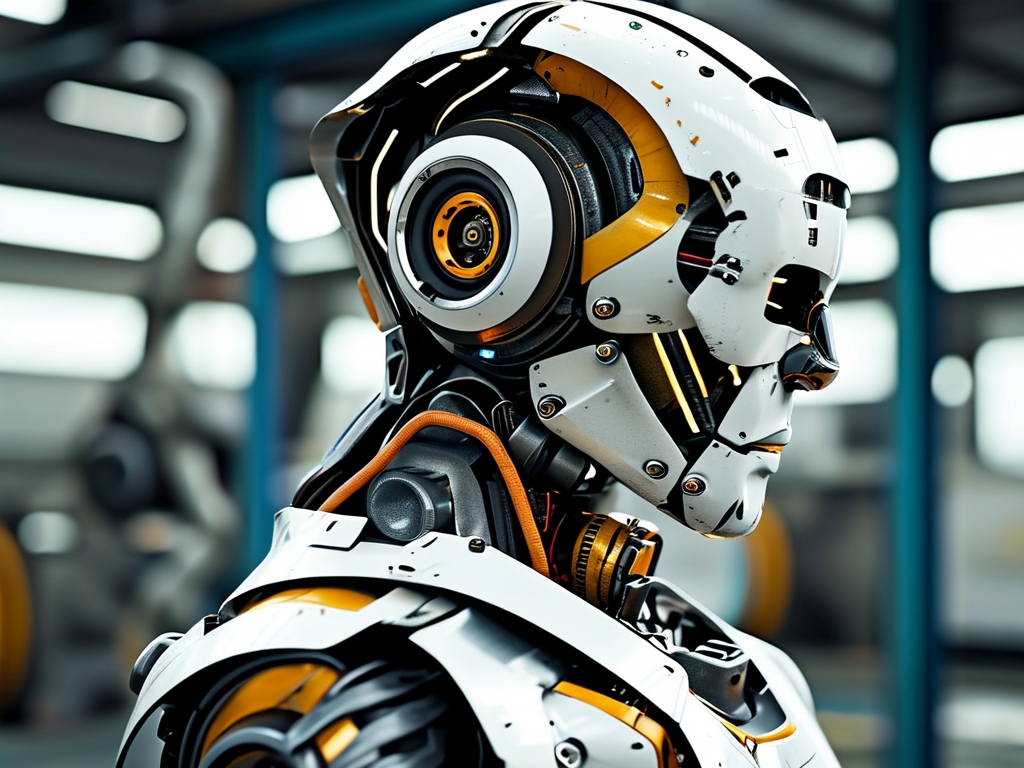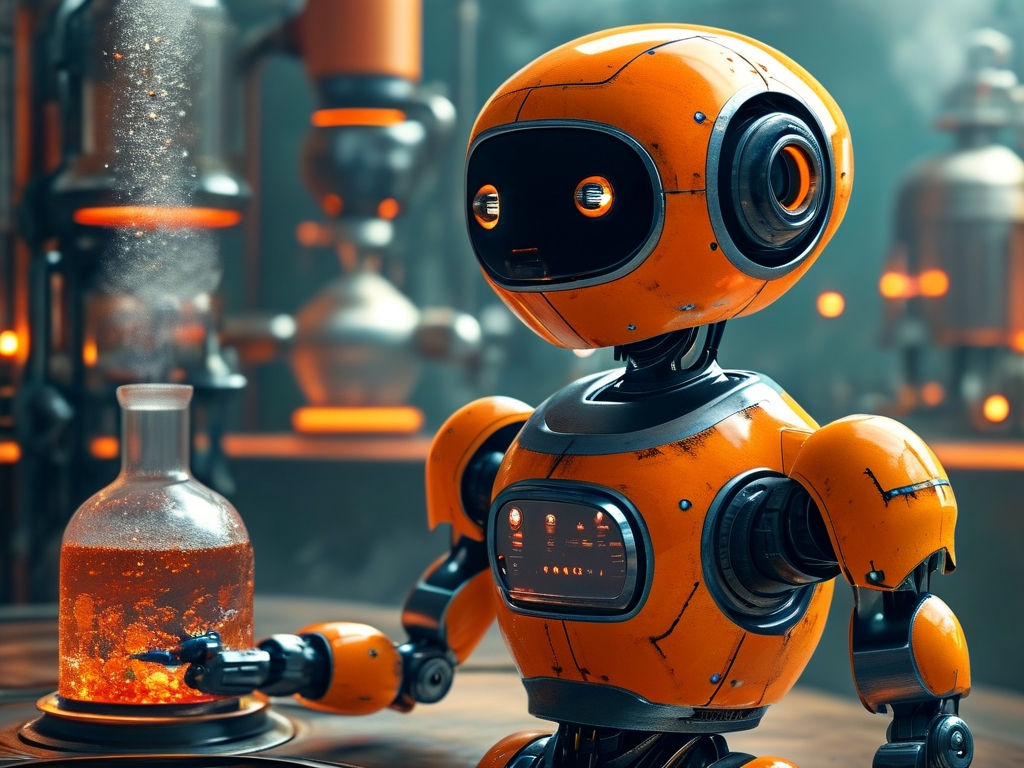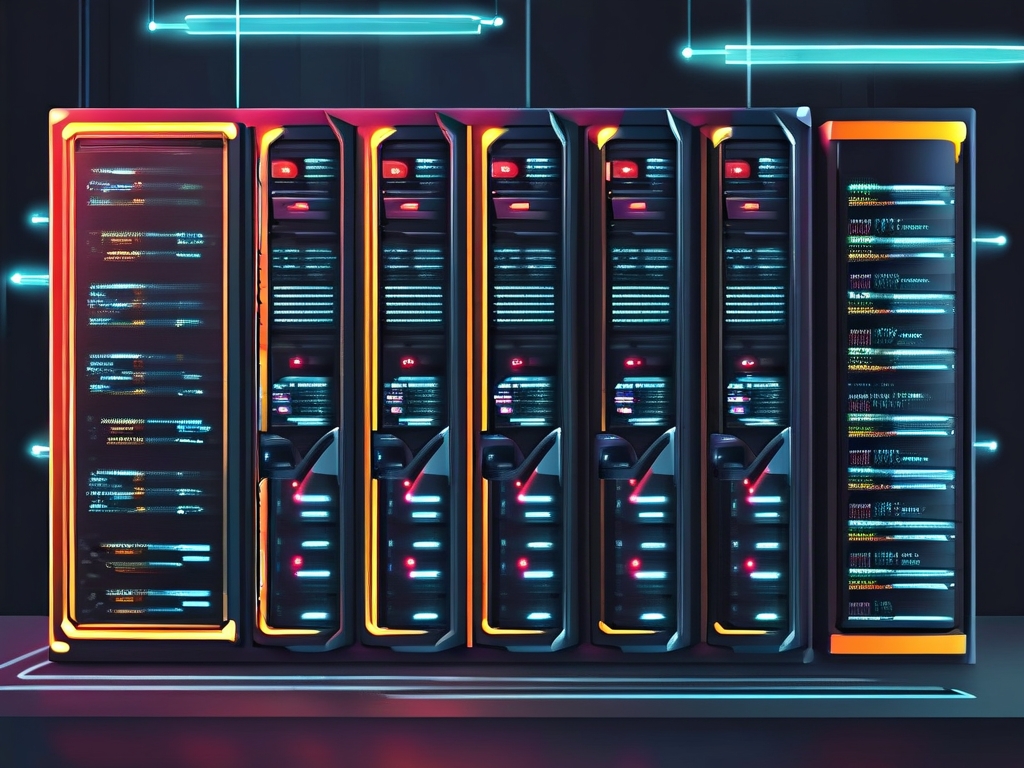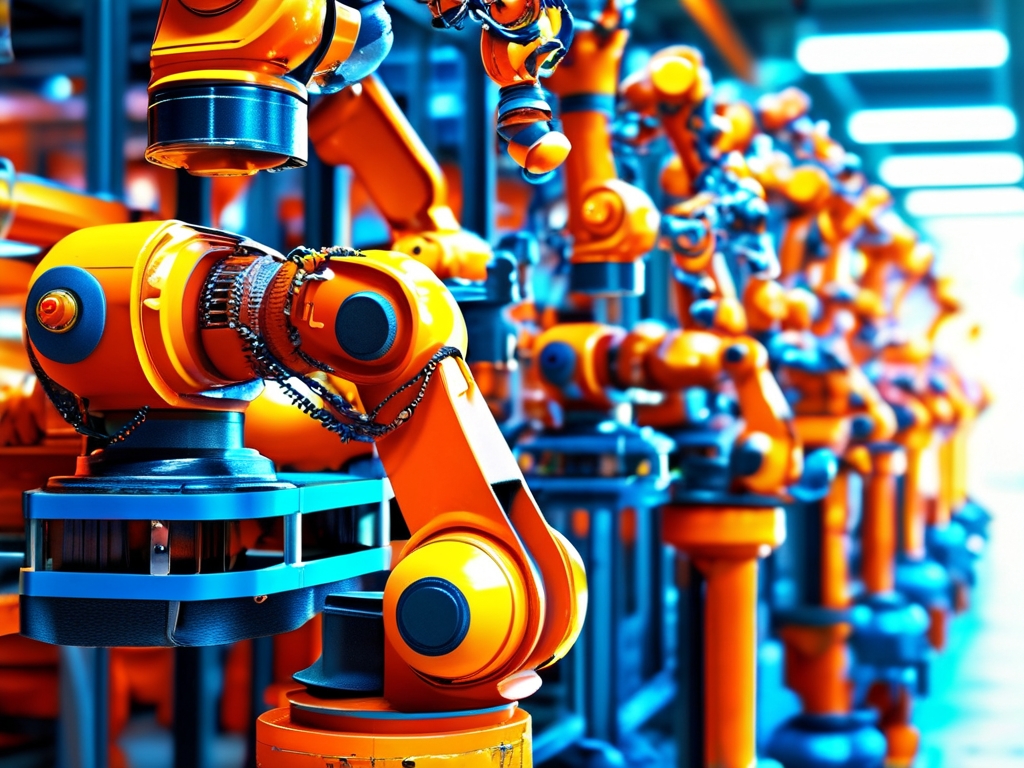Mechatronic robotics, an interdisciplinary field combining mechanical engineering, electronics, and computer science, has revolutionized industries worldwide. By integrating sensors, actuators, and intelligent control systems, mechatronic robots perform complex tasks with precision, efficiency, and adaptability. This article explores the applications of mechatronic robotics across sectors, its technological foundations, and the future trends shaping this transformative field.

Core Technologies Behind Mechatronic Robotics
Mechatronic robotics relies on synergies between hardware and software. Key components include:
- Mechanical Systems: Robotic arms, grippers, and mobility frameworks enable physical interaction. Advanced materials like carbon fiber reduce weight while maintaining durability.
- Electronics and Sensors: Embedded systems process real-time data from vision systems, force/torque sensors, and LiDAR, enabling environmental awareness.
- Control Algorithms: Machine learning (ML) and artificial intelligence (AI) optimize decision-making, allowing robots to adapt to dynamic conditions.
- Human-Machine Interfaces (HMIs): Touchscreens, voice commands, and augmented reality (AR) facilitate seamless collaboration between humans and robots.
Applications Across Industries
1. Manufacturing and Assembly
Mechatronic robots dominate automotive and electronics manufacturing. For example, collaborative robots (cobots) work alongside humans on assembly lines, performing tasks like welding, painting, and precision part placement. Companies like Tesla use AI-driven robots to achieve 24/7 production cycles, reducing errors by 90% compared to manual labor.
2. Healthcare and Surgery
Surgical robots, such as the da Vinci System, enhance minimally invasive procedures. Equipped with haptic feedback and 3D visualization, these robots allow surgeons to operate with sub-millimeter accuracy. Rehabilitation robots also assist patients in regaining mobility through adaptive exoskeletons.
3. Agriculture and Food Production
Autonomous drones and robotic harvesters address labor shortages in agriculture. Mechatronic systems analyze soil conditions, apply fertilizers, and harvest crops with minimal waste. In food processing, robots handle sorting, packaging, and quality control, ensuring compliance with safety standards.
4. Logistics and Warehousing
E-commerce giants like Amazon deploy autonomous mobile robots (AMRs) in warehouses. These robots navigate using SLAM (Simultaneous Localization and Mapping) algorithms, transporting goods 50% faster than human workers. Drones are also tested for last-mile delivery in urban areas.
5. Space Exploration and Hazardous Environments
NASA’s Mars rovers exemplify mechatronic robotics in extreme conditions. Equipped with spectrometers and drilling tools, they conduct experiments while surviving radiation and temperature fluctuations. Similarly, robots inspect nuclear reactors and disaster zones, minimizing human risk.
Challenges and Ethical Considerations
Despite its potential, mechatronic robotics faces hurdles:
- Technical Complexity: Integrating hardware-software systems requires cross-disciplinary expertise.
- Cost: High initial investment limits adoption in small enterprises.
- Job Displacement: Automation threatens 20 million manufacturing jobs by 2030, necessitating reskilling initiatives.
- Ethics: Autonomous robots raise questions about accountability in accidents and AI bias.
Future Trends
- AI-Driven Autonomy: Robots will leverage deep learning for self-diagnosis and problem-solving.
- Soft Robotics: Flexible, biomimetic robots will handle delicate tasks in healthcare and food industries.
- 5G and Edge Computing: Ultra-low latency networks will enable real-time remote control of robots in mining and surgery.
- Sustainability: Energy-efficient designs and recyclable materials will reduce environmental footprints.
Mechatronic robotics is reshaping industries by blending precision, intelligence, and versatility. While challenges persist, advancements in AI, materials science, and connectivity promise a future where robots enhance productivity, safety, and quality of life. Stakeholders must collaborate to address ethical and economic concerns, ensuring inclusive growth in this technological revolution.





